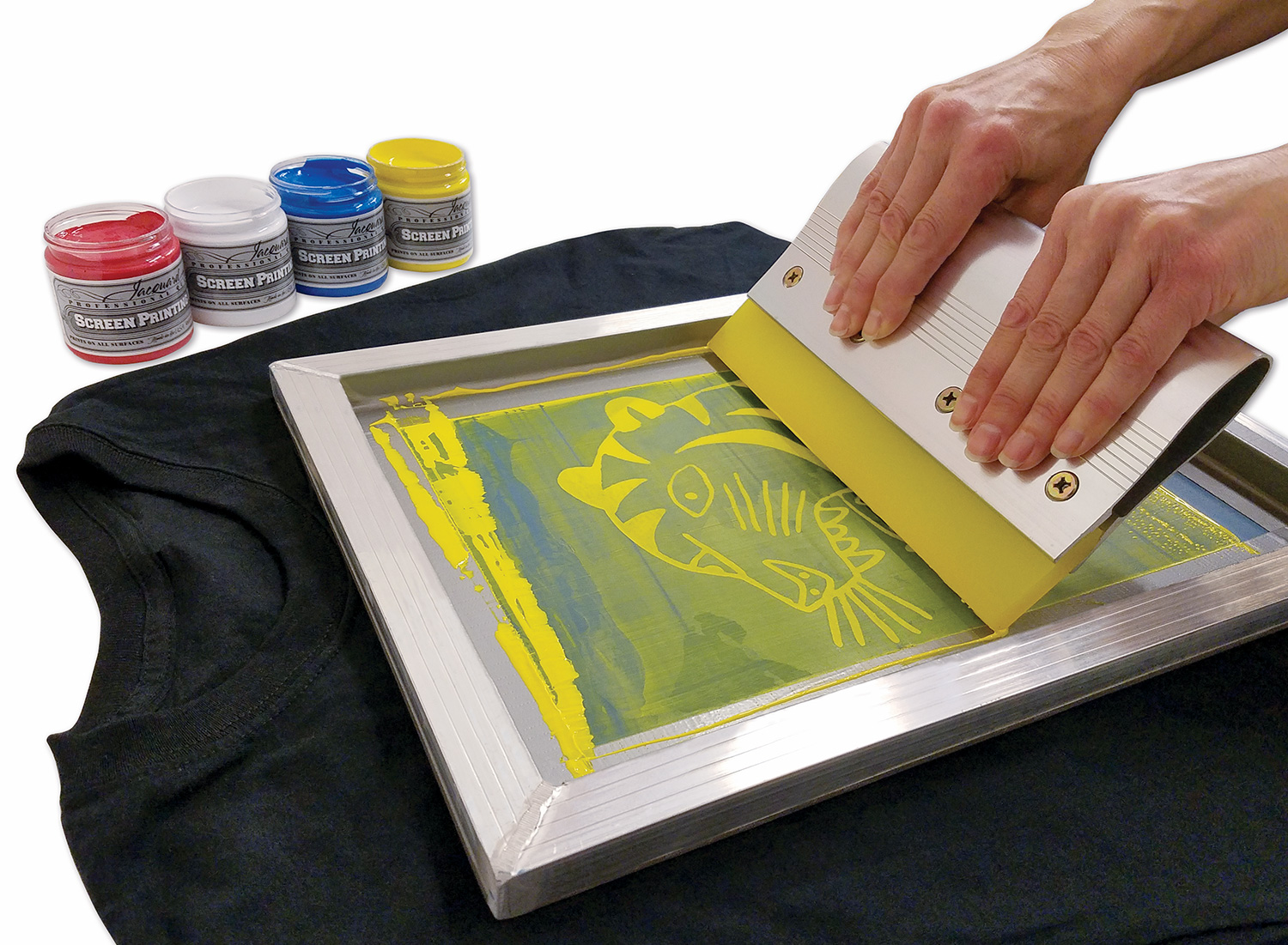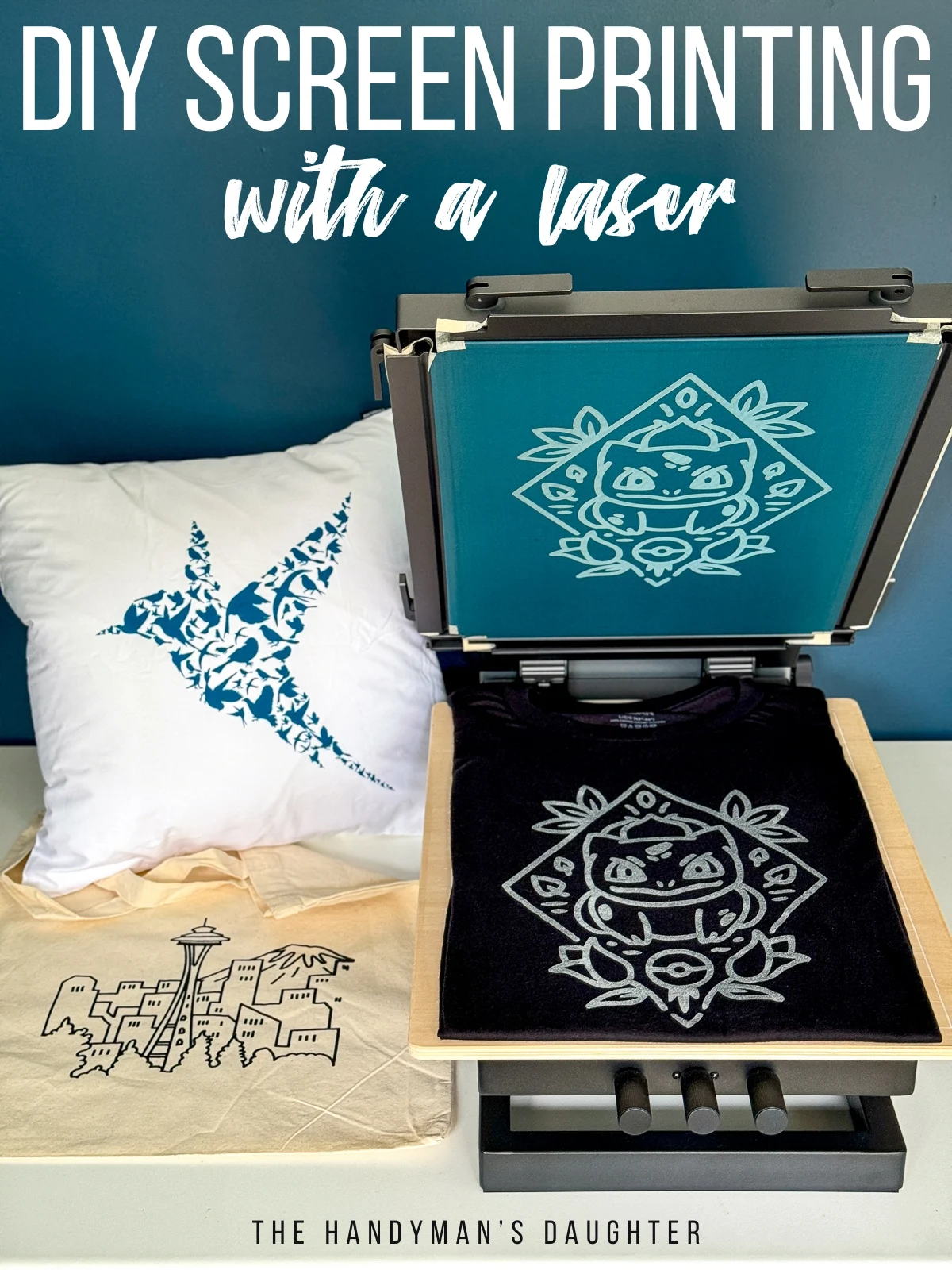ChatGPT said: Why schools prefer 10:9 Design LLC Company for bulk printing
The Essential Overview to Understanding Screen Printing and Its Versatile Utilizes
Screen printing has an abundant history that goes back to ancient times, advancing into a sophisticated strategy used throughout various industries today. This overview explores the ins and outs of the screen printing procedure, describing its applications in style, advertising, and home decoration - 10:9 Design Texas. Comprehending these fundamentals can open up imaginative possibility for both imaginative and industrial tasks. The complying with areas will disclose essential ideas and methods to improve one's screen printing undertakings
The History of Screen Printing
Screen printing has roots that map back centuries, its advancement mirrors the creative and technological advancements of different societies. Originating in old China, the strategy was originally made use of for decorating fabrics and later spread to Japan, where it ended up being important to Ukiyo-e woodblock printing. The approach shifted to Europe in the 18th century, where it gained appeal amongst artisans and commercial printers. The development of picture solution in the 20th century changed screen printing, permitting even more complex layouts and better performance. Artists like Andy Warhol additionally pushed its popularity, using the medium to produce renowned works that combined commercialism and fine art. By the late 20th century, screen printing had established itself as a versatile strategy, employed in vogue, marketing, and art. Today, it continues to advance, integrating electronic innovation and broadening its applications throughout numerous sectors.
The Screen Printing Process Explained
Screen printing transforms creative visions right into tangible styles through a collection of precise steps. Initially, a photo is created and then transferred onto a screen, generally made of fine mesh material extended over a structure. A light-sensitive solution is put on the screen, which is subjected to light, solidifying in locations not covered by the image. After cleaning out the unhardened solution, a stencil is created.
Next off, the screen is placed over the substratum, whether it be textile, paper, or another material. Ink is then pressed through the open areas of the stencil making use of a squeegee, transferring the layout onto the substratum below. This process can be duplicated for numerous colors, requiring separate displays for every hue. Finally, the published product is healed making use of warmth to ensure the ink adheres correctly, causing a resilient, lively style ready for use.
Sorts Of Screen Printing Techniques

In addition, specialty strategies, such as discharge screen printing, remove color from the fabric to create softer prints, while foil screen printing applies metal foil to achieve a shiny coating (10:9 Design Abilene). Each method provides distinctive features, dealing with numerous creative demands and manufacturing scales, eventually broadening the opportunities within the screen printing domain name
Applications of Screen Printing in Various Industries

Furthermore, the signage and marketing industries utilize screen printing for creating appealing screens and banners. This technique enables strong colors and detailed layouts that record focus. In electronics, screen printing is employed for applying conductive inks to circuit card, crucial for component connections. The home design industry embraces screen printing to generate unique styles on fabrics and wall art. Overall, screen printing offers as an essential tool throughout varied fields, boosting products with personalized and aesthetically attractive graphics.
Tips for Effective Screen Printing Projects
While embarking on a screen printing task, cautious focus to detail can substantially improve the last result. Choosing top quality materials is essential; this consists of the screen, inks, and substratums. Utilizing suitable mesh matters can impact ink deposition and detail resolution. Preparation is equally important; thorough cleaning of displays and correct exposure times guarantee crisp prints.
Next off, precise registration is essential for multi-color prints. Using placement tools can help accomplish precise layering. In addition, testing prints on scrap materials prior to manufacturing assists identify possible problems without losing resources.

Frequently Asked Inquiries
What Products Are Best for Screen Printing on Material?
Cotton and polyester blends are optimal for screen printing on fabric due to their longevity and ink absorption. In addition, specialty fabrics like silk or canvas can generate special textures and coatings, improving the general design top quality.
Exactly how Do I Clean and Maintain Screen Printing Equipment?
To keep and clean up screen printing equipment, one should consistently wash displays with proper solvents, examine mops for wear, lube moving parts, and store all items in a completely dry, dust-free atmosphere to extend their life expectancy.
What Are the Ecological Influences of Screen Printing?
Screen printing can have considerable environmental influences, including chemical waste from inks and solvents, water usage throughout cleaning procedures, and energy intake. Environment-friendly materials and lasting techniques are important for reducing these negative effects.
Can Screen Printing Be Done in the house Efficiently?
Screen printing can be effectively done at home with the right products and techniques. Enthusiasts can develop quality prints, though success depends on their ability level, devices, and understanding of the procedure included.
What Are the Costs Linked With Beginning a Screen Printing Service?

Beginning a screen printing company entails costs for devices, products, and workspace. First expenses typically range from a couple of hundred to several thousand bucks, relying on the scale, high quality of equipment, and wanted manufacturing capacity.
Screen printing has an abundant history that dates back to ancient times, progressing into an innovative strategy used across different industries today. An additional technique, rotary screen printing, uses round displays, promoting continuous printing on material rolls, thus enhancing performance for large productions. Additionally, specialty methods, such as discharge screen printing, eliminate color from the material to develop softer prints, while foil screen printing uses metal foil to achieve a glossy surface. In the fashion industry, screen printing is widely used to create vibrant designs on apparel, allowing brands to showcase their one-of-a-kind styles. Cotton and polyester blends are perfect for screen printing on fabric due to their resilience and ink absorption.